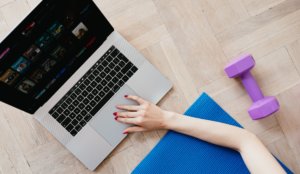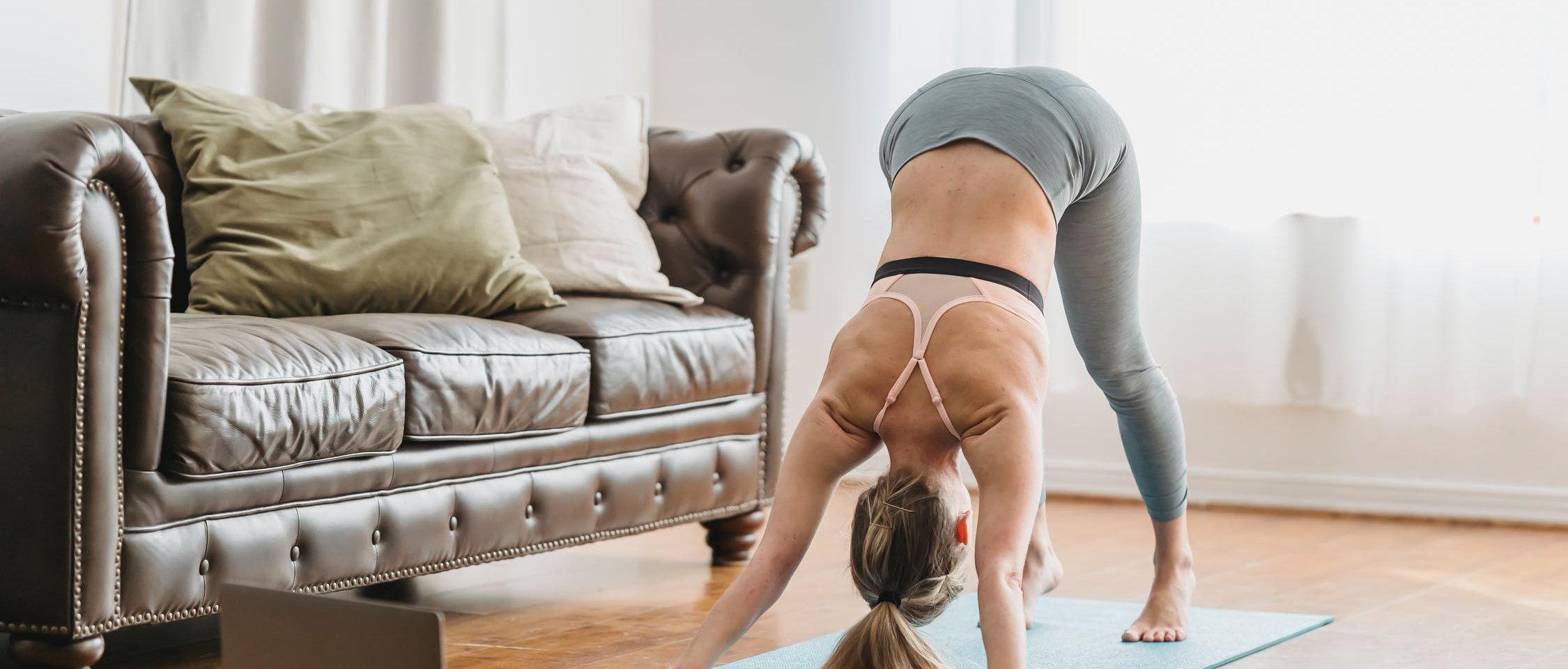People throughout Europe have been exercising more in their living rooms and offices in the past few months. Playgrounds, parks and hotel rooms have also been repurposed as gyms. The market for home workouts is continuing to grow, changing what people need from sports products. There has never been a greater opportunity for sports retailers to win over customers with smart, stylish sports products.
With gyms closed in many countries, lots of people have been investing in their own sports equipment. It has become clear that these so-called “at-home athletes” are here to stay, presenting a business opportunity for sports retailers. The opportunity – and also the challenge – for sports retailers is to inspire this highly motivated target group with advice, services and tools, and to motivate them with innovative sports products. It is increasingly clear that athletes are looking for more than 2 kg dumbbells and resistance bands from high-quality sports retailers. The challenge is to win over customers with tailored products to allow them to take their fitness to the next level.
Home workouts at professional level
To recreate the feeling of a gym workout at home, many fitness enthusiasts have bought smart, well-designed sports equipment. Digital sports equipment – whether an exercise bike or smart treadmill – records data during a workout in a straightforward manner and provides users with an overview of the recorded values. At-home athletes who don’t want to forego the benefit of a personal coach use smart fitness mirrors such as VAHA. At first glance, a mirror like this one does not look like sports equipment and it can double as a modern furnishing. Once activated, the mirror, which is around 1.5 metres tall, becomes a virtual personal trainer for the home. Such sports equipment that also complements athletes’ furnishings is experiencing a real boom at the moment. For example, wall bars in children’s bedrooms can be used by mum, dad and children alike. STRYVE’s trendy gymnastics balls made from wool felt or leather also fit right into cosy living environments. It would be a shame to leave these stylish gymnastic balls to gather dust in the cellar.

Home Workout
Photo credits: Karolina Grabowska/Pexels.com
Exercise snacking
Exercise snacking refers to 10-15 minute training sessions that can even be held between business meetings. In the course of the day, these short workouts help people stay fit and overcome poor concentration. Foam rollers, balance boards and vibration plates at the office can also help release tension and strengthen muscles at the same time. Initial studies show that this form of movement is growing in popularity and demand for tailored products is increasing. Platforms such as Peloton and Alo Moves show how successfully short online sports classes can be in motivating people to move more and also in strengthening the feeling of community.
Sportswear in business meetings
Gone are the times when sportswear was only worn for exercise. Sportswear must be adapted to meet new needs so that people can fit in a quick workout on their break and then go back to meetings. Customers want sportswear that they can wear in their home offices, in their free time and in short training sessions. The aim is to think about more than the performance of sports goods and also to take customers’ comfort and lifestyle factors into account. Some sports brands already offer an impressive range of soft fabrics, comfortable compressions and neutral colours. Beyond the visual and comfort factor, though, odour management is also important. Natural fibres and Merino wool – which are soft, natural and above all breathable on the skin – are on the rise in particular. There is still great potential for sports retailers, especially when it comes to sports products targeted at women. Read here why the principle of “shrink it and pink it” has not met women’s needs for a long time and how sports retailers can best reach women. Wearing sportswear should make all people in all situations feel confident and comfortable.
Photo credits: Marta Wave/Pexels.com




